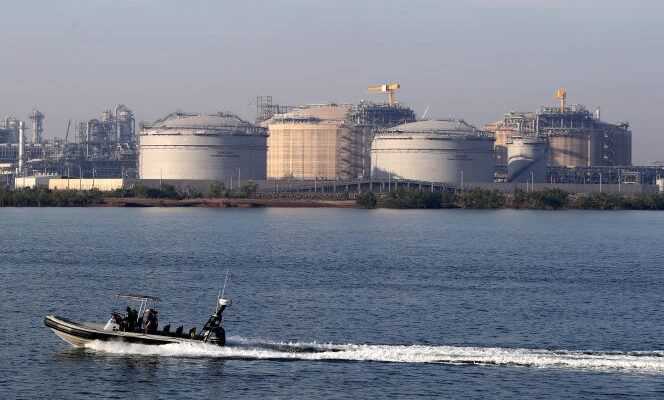This is a small step forward, very insufficient in view of the measures necessary to maintain a chance of limiting the warming to 1.5 ° C. But, for Australia, it represents notable progress. A few days before the opening of the 26e world climate conference (COP26), on October 31, in Glasgow, the government led by Scott Morrison pledged, on Tuesday October 26, to aim for the objective of “net zero emissions” of greenhouse gases for 2050 .
On the other hand, it has not raised its emission reduction target by 2030, currently set between 26 and 28% (compared to the 2005 level), merely announcing that the country would exceed it to reach it. from 30% to 35%. It’s not “Not a revolution but a cautious evolution”, underlined the Conservative Prime Minister Tuesday, brandishing a small blue booklet, containing the plan he intends to present during his trip to Scotland.
“The executive always defends fossil fuels. He still wants to open new mines. However, the science is very clear. To comply with the Paris Agreement, emissions must be reduced by around 50% by 2030, achieve carbon neutrality before 2050 and immediately cease all investment in coal, gas and oil ”, criticized, shortly before the announcement, Will Steffen, adviser to the Climate Council, an authoritative organization on issues related to climate change in Australia.
“New technologies” and “clean hydrogen”
As the world’s leading exporter of coal and liquefied natural gas, the country does not intend to turn its back on the natural resources that ensure its prosperity, nor introduce a carbon tax, nor even impose restrictive measures. To succeed in its energy transition, it favors another method: investing massively in ” new technologies “ and in particular in hydrogen ” own “.
Under this adjective are hidden two types of hydrogens: the “green “, produced from renewable energies, and “blue”, produced from fossil fuels backed by a carbon storage system. The latter, which keeps gas or coal in the energy mix and relies on technologies still in its infancy, is rejected by environmental organizations. But, for Australia, which aims to become an exporting power of products such as hydrogen, ammonia, steel or aluminum, the priority is to find the right balance in order to preserve jobs in the regions. mining, while initiating the country’s conversion to renewables.
You have 47.78% of this article to read. The rest is for subscribers only.
